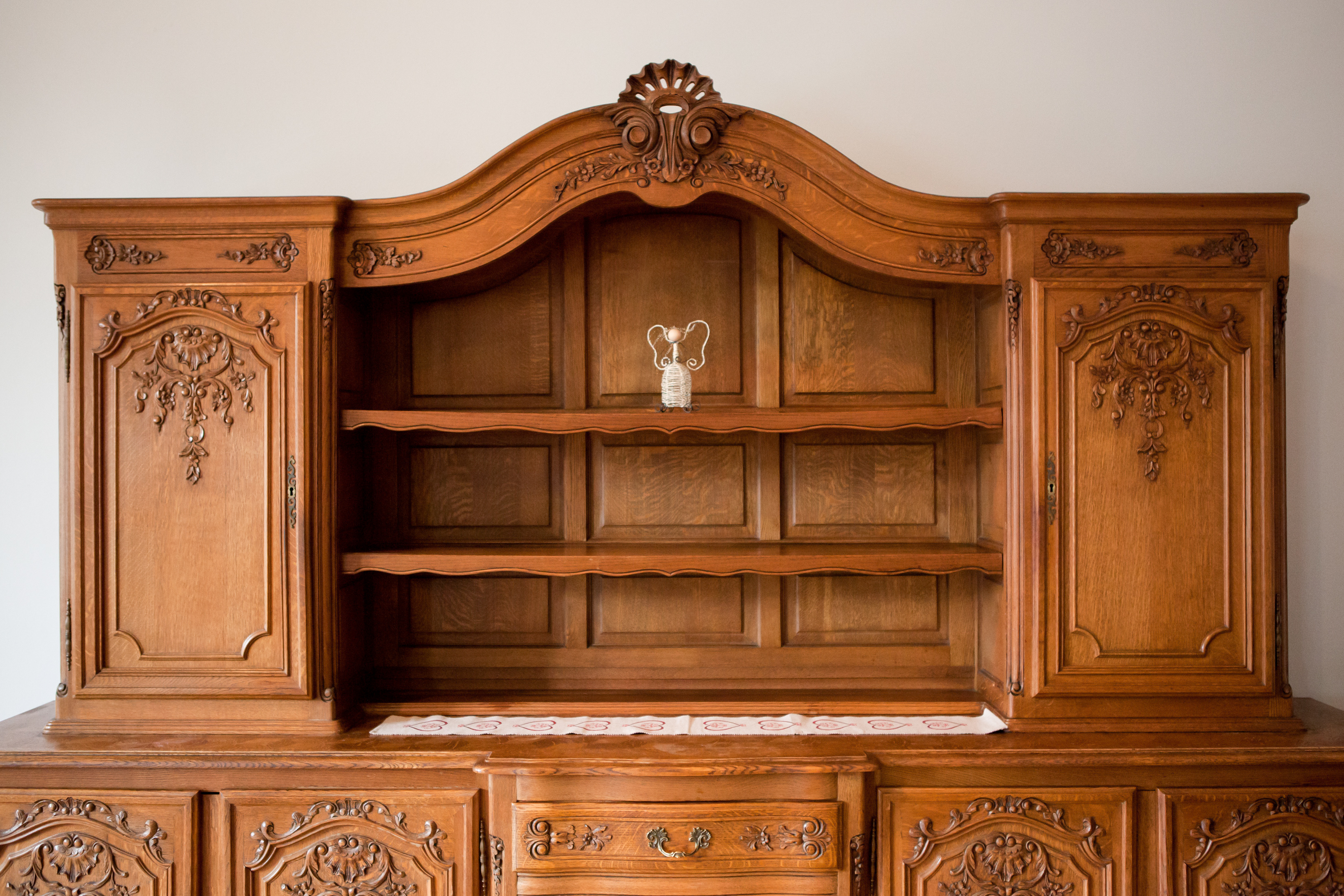
Wooden furniture adds elegance and sophistication to the overall space. The natural design, colour and shine of the wooden furniture make each piece unique. But it is prone to wear and tear over time, be it a scratch or water stain.
One of the best ways to protect your furniture is to use a high quality wood coating. No matter how new or old the furniture is, it can act as a defensive shield and enhance the aesthetic of the furniture. Berger Imperia Breathe Easy is a low VOC, non-toxic, water based wood coating product meant for interior and exterior wood. It is available in both opaque and clear forms, very easy to apply and ideal for repainting purposes, making it an ideal choice for all wooden surfaces in your home.
Here are some important tips to keep in mind while coating your wooden furniture:
Prepare The Coating Surface
Make sure that the surface to be coated is sanded for an effortless, even look. Once the surface is smooth, take a lint-free cloth soaked in thinner and get rid of any dust and unwanted particles. Follow this with one coat of paint for wood. Allow it to dry completely and then go for another coat. For a smooth, flawless finish, use sandpaper in between the coats.
Don’t Forget To Sand In Between Coats
Sanding in between coats is important because smooth surfaces absorb paint evenly, giving a classy, clean look to your furniture. For a better sanding experience, our experts recommend using coarse gravel sandpaper followed by fine-grit sandpaper. Ensure that you always sand in one direction and brush off the dust and grains before applying any coatings.
Revamping Old Furniture
If you’re planning to repaint old furniture, check the condition of the surface first. If the paint is peeling off, make sure you scrape it off before repainting by using sandpaper. This will not only give the furniture a clean look but also help apply paint in a quick, efficient way. You can choose from a wide variety of wood colour paints that is sure to give your old furniture a completely new look!